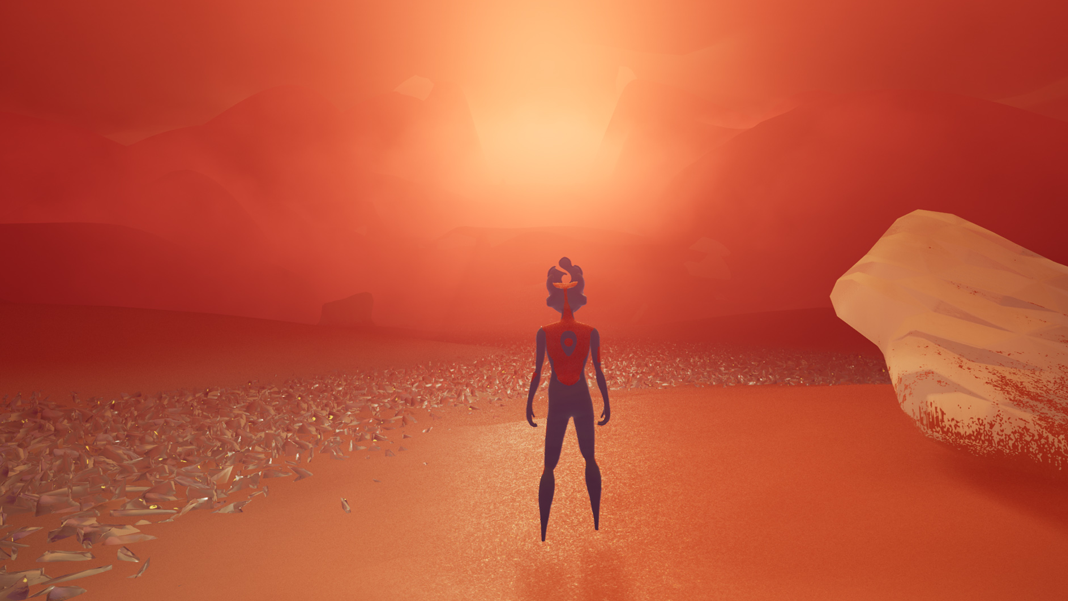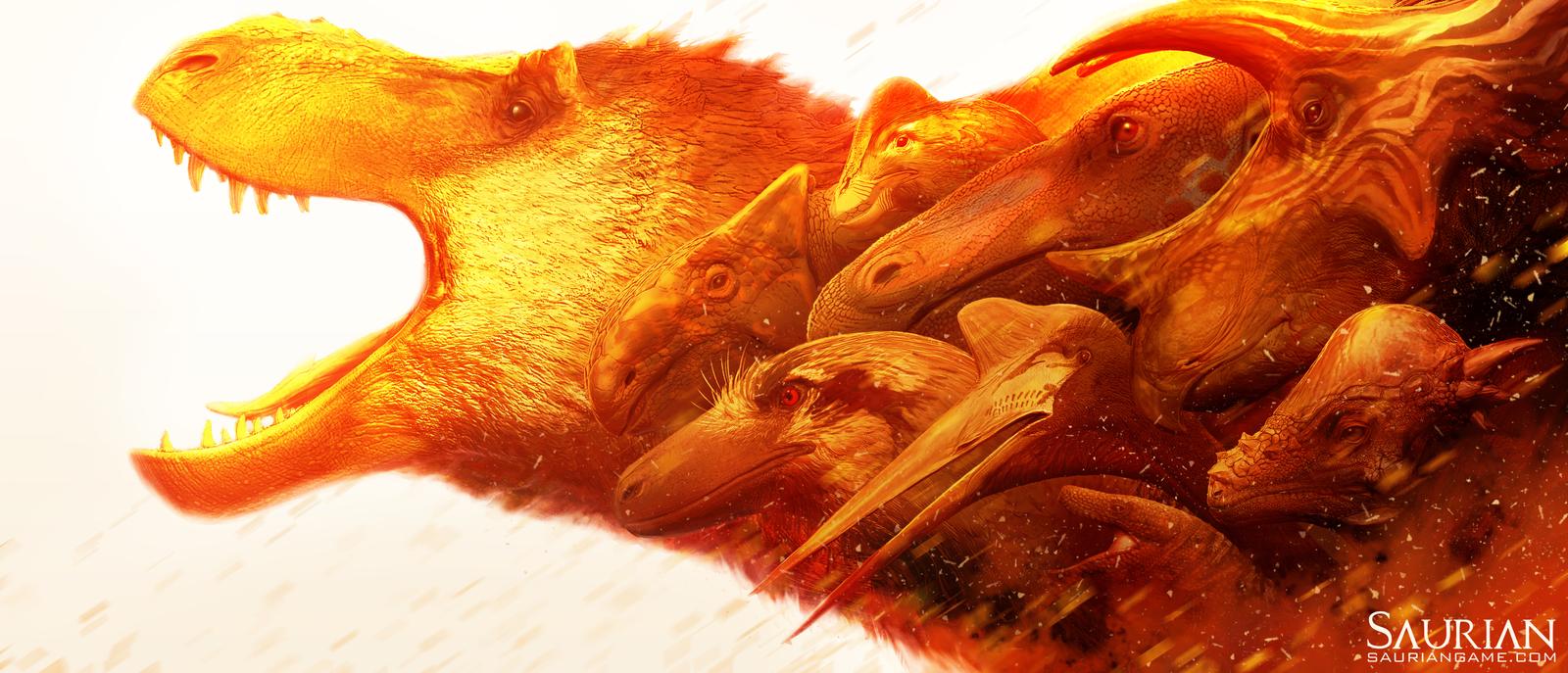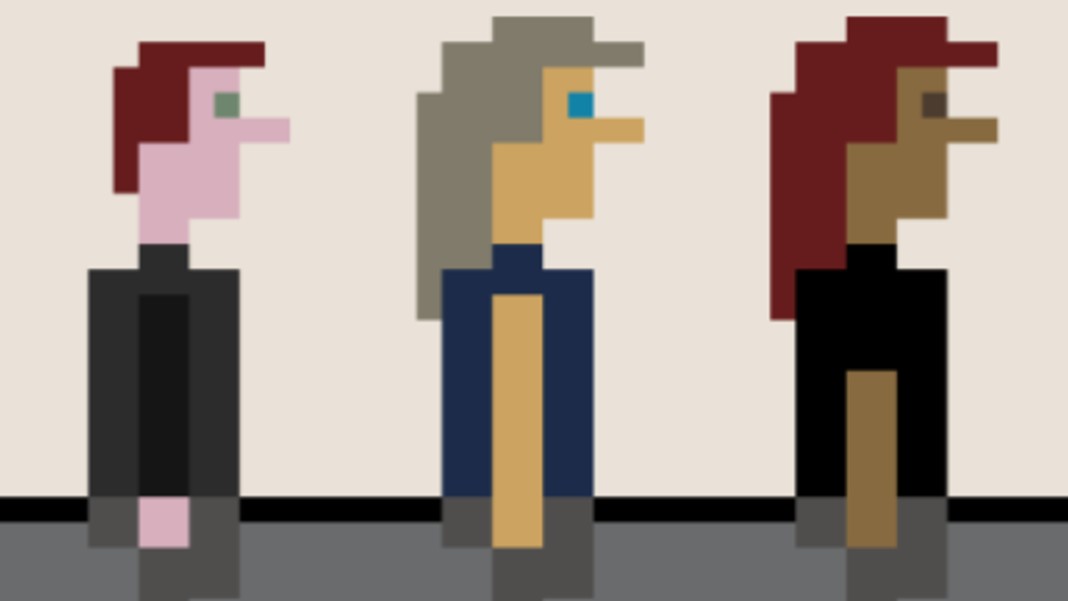Created by Brazilian developer GILP Studio, the adventure game Areia received an Honorable Mention for Best in Play at this year’s GDC 2019.
Marcelo Spiezzi Raimbault, co-founder and producer of GILP (and level designer on Areia), said the team wasn’t expecting that recognition.
“[It’s] inspiring us to keep working on the project because we’re seeing people are liking it,” Raimbault said. “It’s very good.”
According to the official website, Areia is described as a meditative journey in another world made only of “sand and water.”
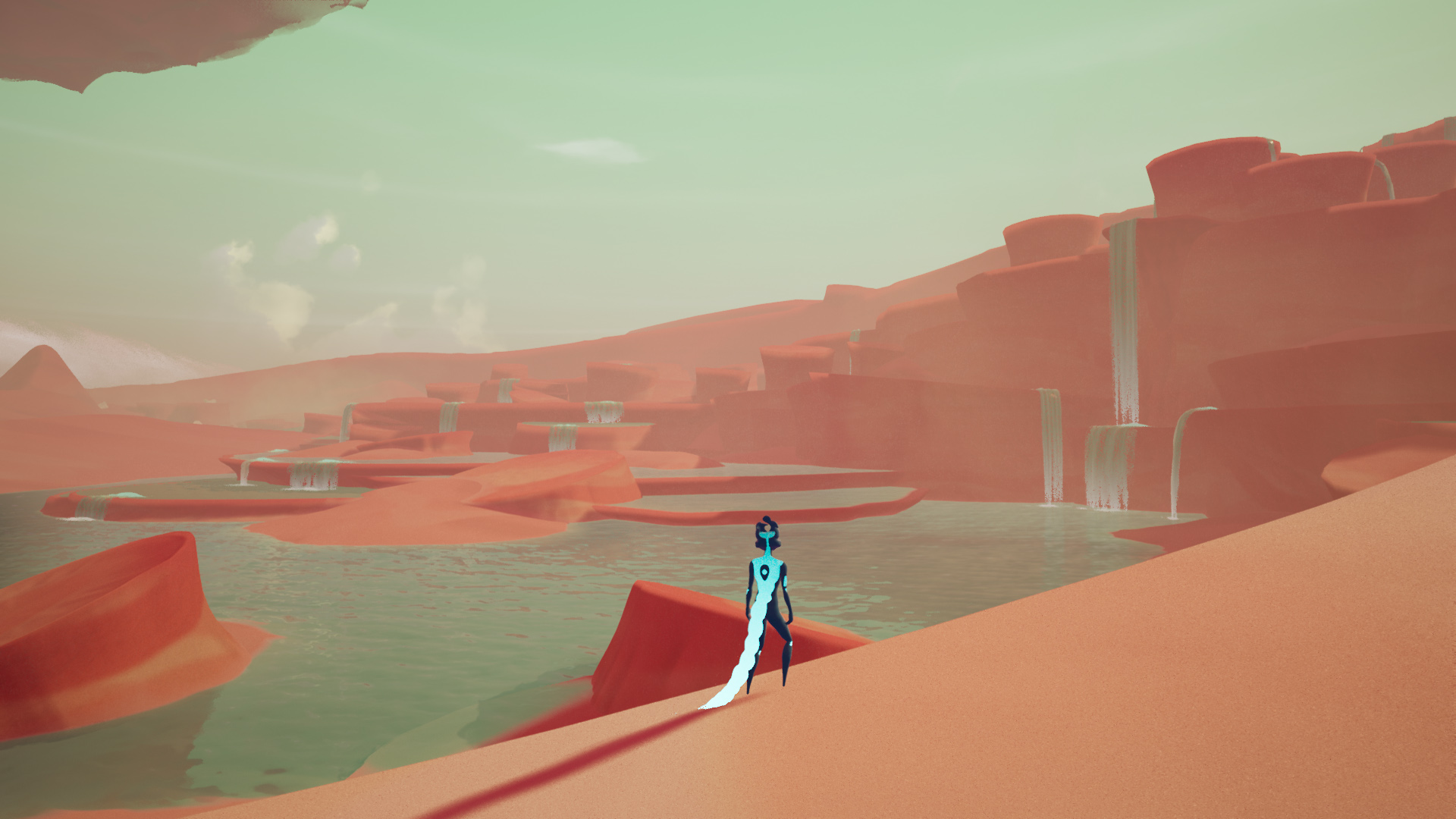
Designing a Vessel for Play
What most drew me to this game was its unique player character, an alien-looking, stylized figure. The mix of nonhuman features, smooth textures, vibrant color combinations, and the sense of graphic linework make for an intriguing design. The addition of the tail completes the image, further elevating it.
The character doesn’t have a name. Instead, Areia’s protagonist is simply referred to as the Vessel.
“So like the character we wanted to be an externalization of the gameplay,” Raimbault said. “The character is a vessel.”
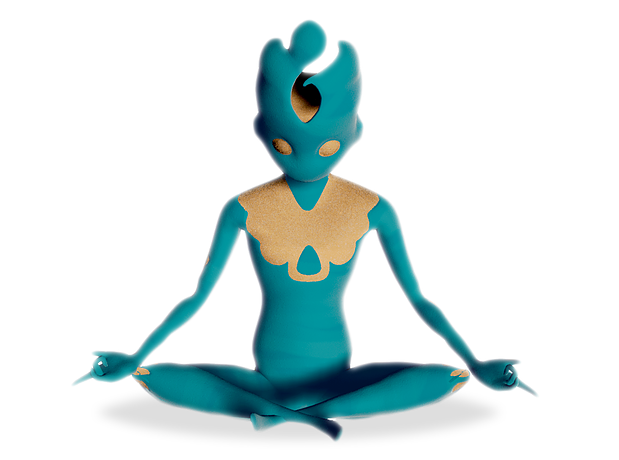
The character is not just a vessel in name. Raimbault explained that at its core the creature is entirely comprised of sand. They have an outer shell which contains the sand. It also symbolizes the barriers people put up to hide themselves from the world. The character represents a container to be filled, much like a literal vessel. First it is filled by the player inserting themselves into the game and then with the sand that features prominently throughout the game’s world.
Sand makes up both the game’s world and its player character. It goes even farther, as Raimbault explained that Areia is actually the Portuguese word for “sand.”
The Serpentine Path
According to Raimbault, gameplay is more about creating paths and finding your own way in Areia. With the player character meant to externalize gameplay, this led to some unique features. An example is the Vessel’s tail-like appendage. It can create paths as it grows longer. I got to witness this feature in the GDC demo.
The Vessel’s tail resembles a snake, and other structures in Areia look like a snake too. Raimbault shared that the snake imagery represents Kundalini, which he said largely originates from Hinduism. He described it as the “chakra serpent” and the “serpent of life.”
Thoughtful Influences
With sandy environments, a tranquil tone, and a mysterious character wandering around, Areia feels reminiscent of a certain award-winning game from 2012. Raimbault does not beat around the bush and confirms that Journey was a source of inspiration. (Areia‘s growing tail even echoes Journey’s growing scarf.)
“When we play games like that, there’s a lot of space games can go to,” Raimbault said as he discussed Journey. He expanded on this, saying that Journey helped him realize that games don’t have to be all about action or violence. It helped him understand that people can enjoy games in different ways.
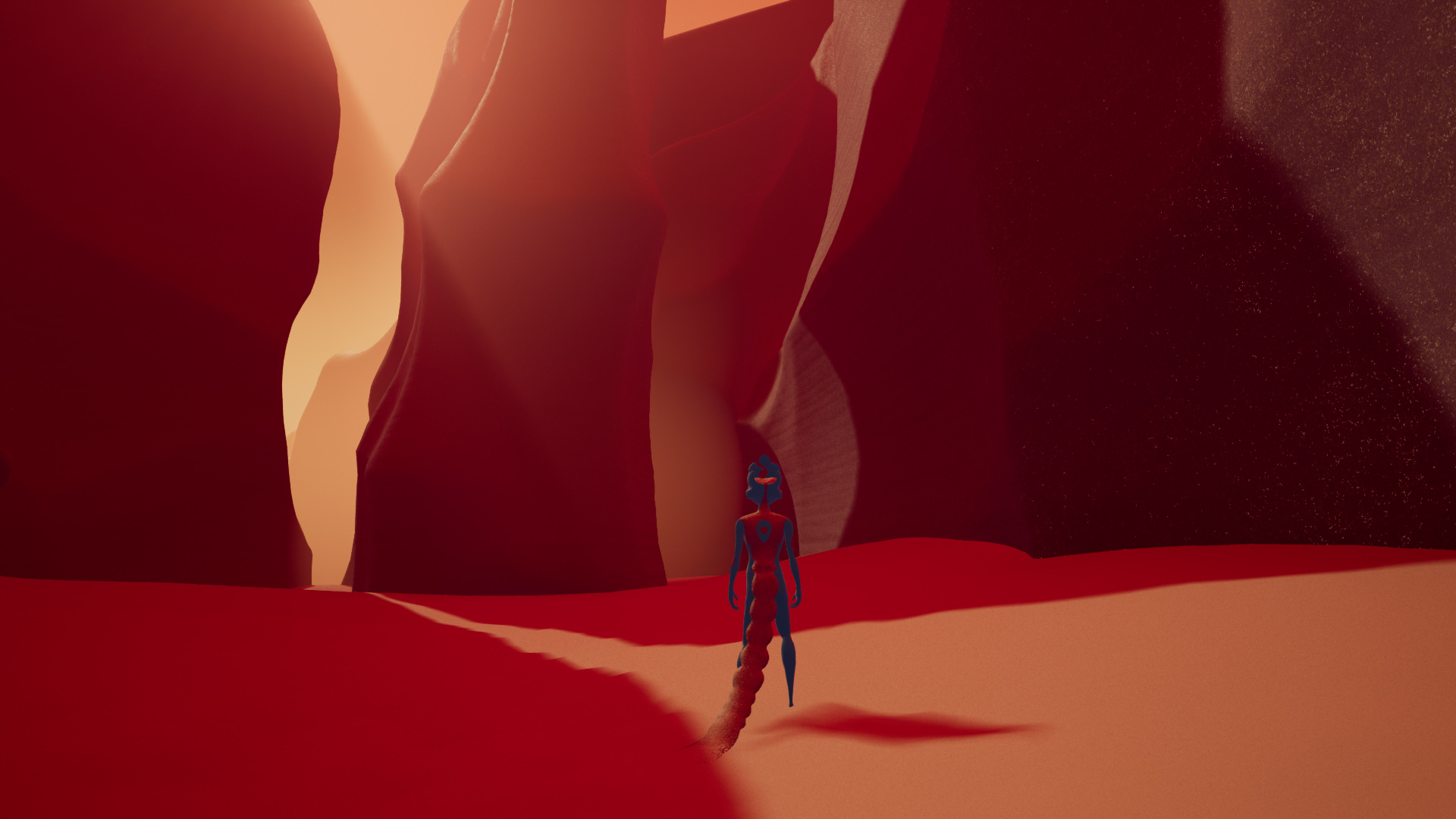
Raimbault mentioned other inspiring games, like Gone Home, Rime, and Abzû. He said Ubisoft games provided inspiration for mechanics.
“A bunch of stuff. A bunch of experiences,” Raimbault said. “A lot of inspiration not from games as well.”
He then listed those non-game influences: the Brazilian landscapes for the game’s environments, silicogravura, or art with sand and all the spiritual parts from Vedanta philosophy. According to Raimbault, Vendanta was largely the source of Hinduism and Buddhism.
Raimbault said Areia is available to wishlist on Steam now. It’s expected to have a 2019 release.
